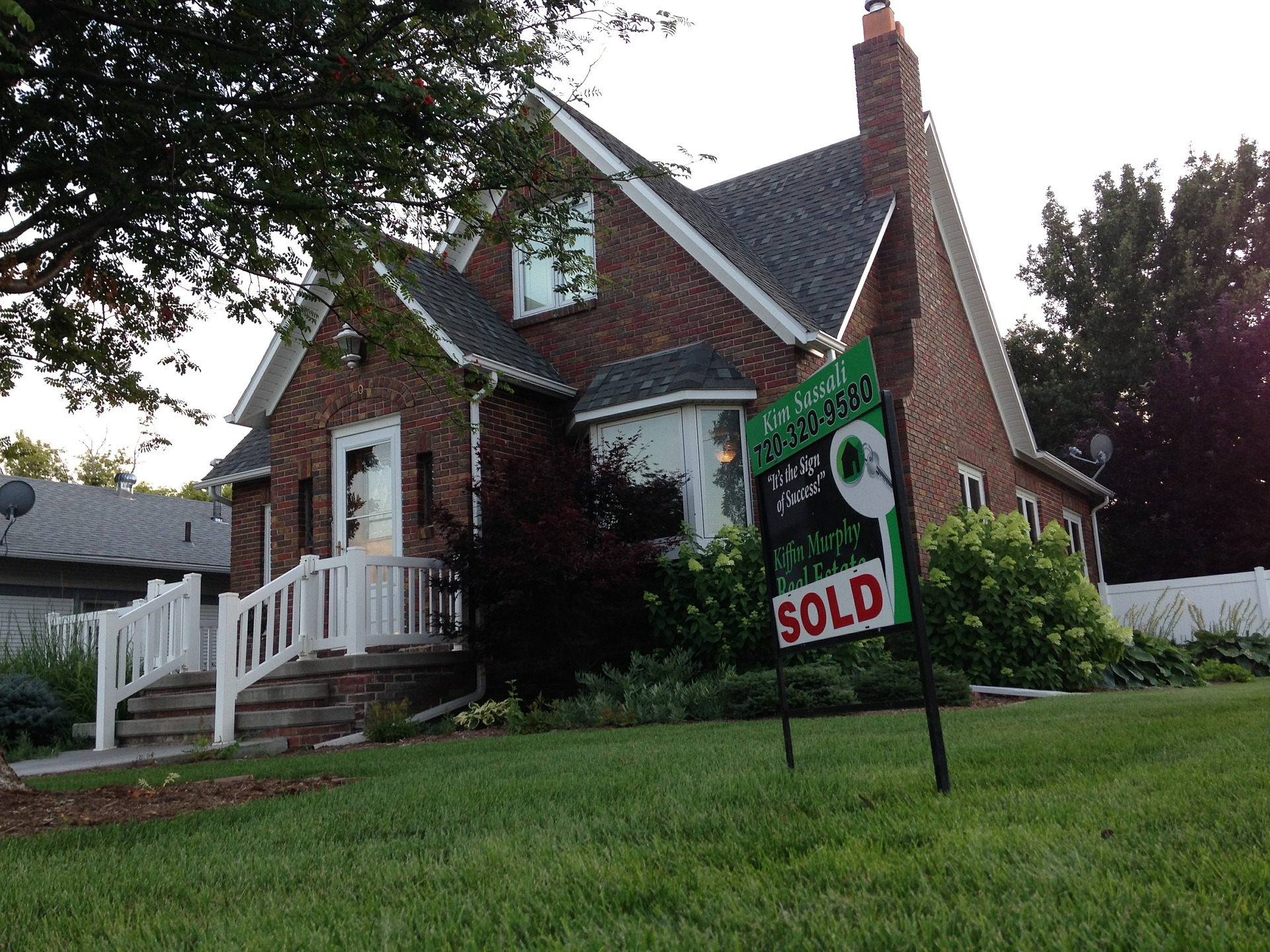This story originally appeared in the Reno Gazette Journal
“Should I buy?” “Should I sell?” These questions are posed daily in this up-again housing market. Buyers who survived the collapse are reasonably skeptical. Owners with rising home values are reasonably hopeful.
Regional home prices are skyrocketing. A recent report by the Reno/Sparks Association of Realtors (RSAR) shows July prices up by 9 percent from a year ago and up by 2 percent from June. In Sparks, prices are up 14 percent year-over-year for single-family homes.
The heating market is eerily familiar to the years preceding the Great Recession. Despite drastic regulation to prevent future collapses, the U.S. housing market is subject to continual boom-and-bust cycles so long as reactive policy persists and homeownership acts as an economic indicator in political landscapes.
As we see this uptick in prices, a bust is imminent. The question is not “if” but “when.” This may prove to be even worse than 2008.
Frank-Dodd legislation tackled bank reserves after 2008 to protect taxpayers from another downturn, increasing private bank reserve requirements. Those reserves now stand around $1.2 trillion, double that of 2007, to insure taxpayers won’t carry the burden of another collapse. Federal agencies, however, do not face the same scrutiny and are not required to hold reserves.
As a result, private banks are no longer the primary issuer of home mortgages as they were in 2008. Federal agencies have become king. The federal government can suppress interest rates, and federal mortgage agencies reduce fees thanks to taxpayer subsidies in the tune of $150 billion per year to drive home sales. This allowed federal agencies to become the unmatched competitor in the mortgage space, sweeping the market by edging banks out of the game. In turn, taxpayers are left vulnerable yet again without a safeguard to cover the risk associated with the world’s largest asset.
In this hostile political environment, candidates often talk about homeownership as a predictor of economic success, reflecting an obsession among Americans to force homeownership on the masses. Interest rates are artificially driven down and down payment requirements loosened to attract new home sales. This inevitably leads to faultier loans and higher default rates.
Millennials are less likely to buy a home than older Americans, which is part of the reason that we are seeing historically low homeownership rates. This may not be so bad. In fact, the nations with the most stable housing markets also have the lowest homeownership rates.
Germany and Switzerland focus policy toward the rental market rather than homeownership. They encourage young families to save for a sizable down payment by keeping rent prices affordably low. Shifting focus from homeownership to helping residents reach the accurately-priced market helps them withstand economic downturns.
Falsely pricing home loans enables U.S. markets to destabilize. Last downturn, the banks were guilty of issuing too-risky loans with inadequate reserves. This time, federal agencies like the Federal Housing Authority, Freddie Mac and Fannie Mae repeat those mistakes. This impending recession may pose even larger risks with no reserves.
Dusty Wunderlich is an economist and entrepreneur.

When do you think it will be a smart time to buy? Just sold our house, pocketed the money we made and are renting until the bust. Hoping we aren’t renting for multiple years…..
Hi Jen, great question. I hate that we have to time our real estate market but that is our reality. What I look for is median wages to median home prices. Median home prices are constrained by wages thus housing prices (without direct manipulation like 2007) will be limited in how high they can go based on wages.
If we take Reno for example the estimate is that approximately 60 to 70 percent of buyers can not afford a home based on median wages to median home price. That means that we are getting close to peak pricing since the number of potential buyers is limited. Some believe it is a supply issue and that might be true but either way prices will have to correct to get in alignment with wages, the market will either do that through additional supply or natural reduction in price to move inventory. Whatever happens does not change the fact that we are near peak pricing based on wages.
If we follow the tried and true investment logic of buy low, sell high then I think you have timed the market well. Since there is limited upside in real estate right now you can take your savings and move that towards an investment that is currently undervalued (buy low) and has significant upside potential (sell high).
To answer your question I would continue to keep an eye on affordability, specifically keep an eye on the NAHB housing affordability index and wait for this to get down closer to 30 percent which will indicate more sustainable and natural pricing. In the mean time look for another investment that is undervalued that you can make similar returns as you did on your home. We live in a broken financial system that requires speculation but as long as you stay disciplined to buy low, sell high you will be able to build and maintain wealth. Good luck.
Excellent insight and advice – thanks, Dusty!